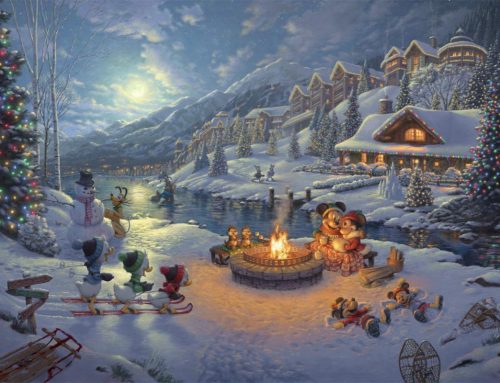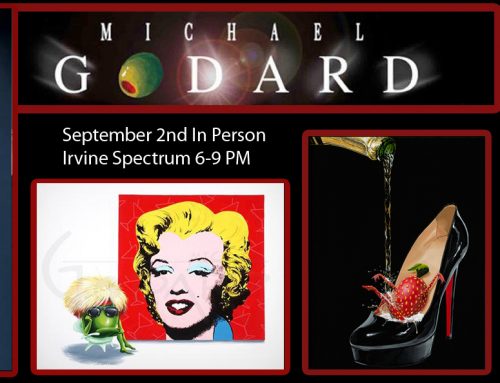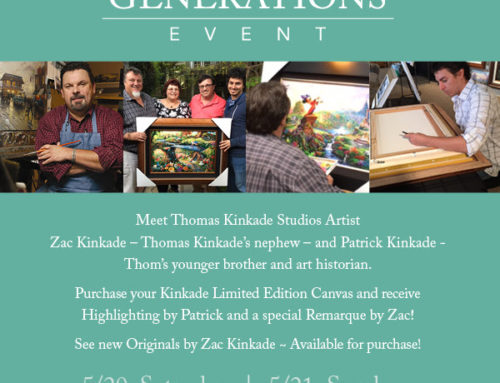Born in 1967 in Buenos Aires, Fabian had a difficult childhood. His father owned bordellos and nightclubs that were illegal. He also was a gambler. To this day, Fabian remembers the police coming to their home looking for his father who would try to escape through the back door. “So many times he went to jail. I remember when I was very young going to police stations and looking for him.” Eventually his father gave up the business, lost everything and lapsed into depression.
Pérez has lived in a number of international locations including the U.S., Italy and Japan. His travels, relationships and everyday interactions give him the experiences of different lives and cultures, which he uses as inspiration for his art. His paintings — done mostly in acrylic — have themes of music, dancing, romance and raw energy and convey a sense of seduction, sensitivity and fiery passion. Pérez prefers not to categorize his work, rather leaving it open, not only to him creatively as an artist, but for the observer as well to determine the story being told in each piece.
Pérez has always had a passion for art and at age 6, he was already doing portraits and giving his art to his friends and family. Early in his career, he participated in a number of group exhibitions in museums and galleries and in 2002 staged his breakthrough exhibition at the Tamara Bane Gallery in Los Angeles. To date, he has participated in more than 200 solo exhibitions worldwide including Australia, China, and Europe. Pérez has enjoyed many honorable commissions, including being named one of the official artists of the Winter Olympics in Vancouver, Canada and being the official artist of the Tenth Annual Latin Grammy Awards.
For Fabian Perez, the purpose of art is to perpetuate beauty. “That is what I am always striving for. God embellished the world with the wonders of nature and I believe it is the artist’s place to paint this beauty. I am constantly fighting for a more romantic world, one where the woman and the man have defined roles and power isn’t always the goal.” Pausing, he says, “I would like to say that it is not important what you have, but how you enjoy it.”
It is imagery from his past that he draws from in his painting, his father his inspiration. He is the cool guy outside the nightclubs and bordellos in Fabian’s images. And the women are his memories of those he saw at his father’s brothels and nightclubs—their somber mood, brooding thoughts, intense sensuality emanating from his canvases.
The influence of artists such as Lautrec, Picasso, Sargent, and Cezanne are felt in Fabian’s work. “But in the end it is my own,” he says. “My paintings are dark, because I try to only give an idea, not every detail,” he explains. “I prefer to paint the moods in color, so the viewer gets a sense of what is being felt. Painting is a wonderful way of communicating with people. It can be hard to explain everything that I feel and, in some way, people understand when they look at my art better than I could ever say it.” He likens painting to music and this is particularly evident in his Flamenco pieces, where the dancer creates complex rhythmic patterns. “I compare color and technique with music and rhythm, the subject matter and composition with lyric and poetry. I want to invite the viewer to remain in front of my paintings, not feel rejected by them. The longer they linger, the better my chance to communicate with them. When music is gentle, people will listen to it. I take things that people like to look at and then they see more deeply into it.”





